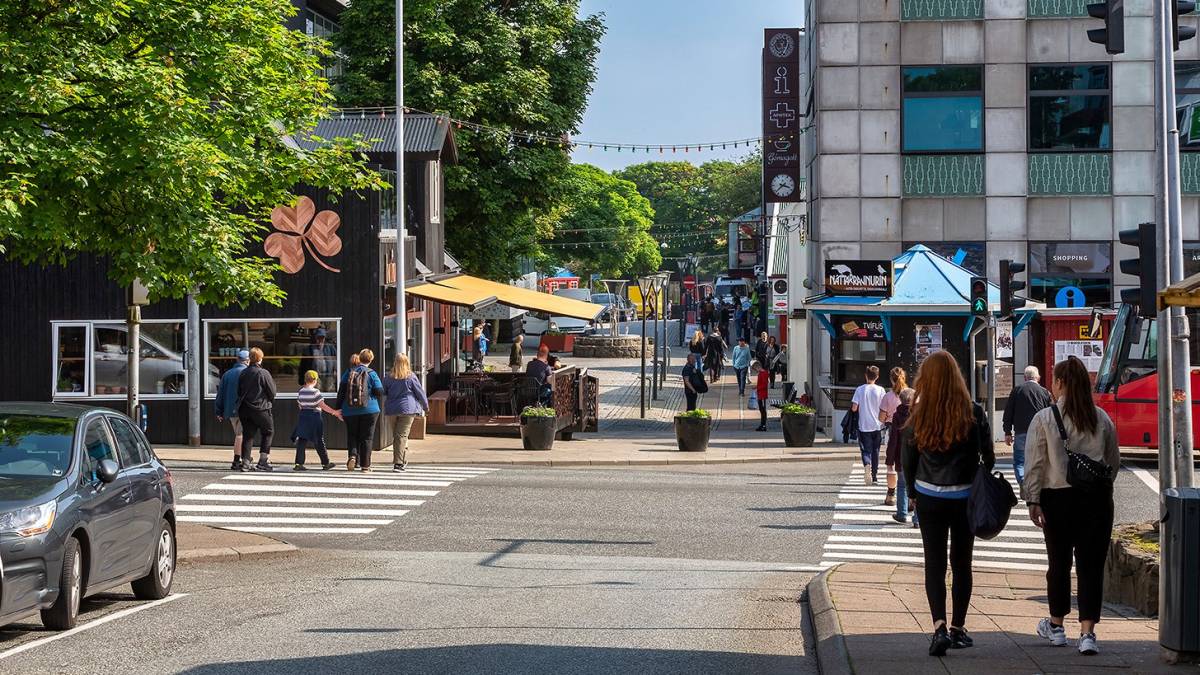Population
10. Nov 2023
Population on 1 October: 54,522

The moderate population growth seen in recent years continues. The latest figures show an annual growth of 1.0%, down from 1.1% in the previous few months. This modest decline is due to a lower net migration rate and a slightly higher excess of births over deaths.
[px-graph-3]
The population trend is determined by net migration (the difference in the number of immigrants and emigrants) and the excess of live births over deaths. The population growth in the past year comes from an excess of births of 202 people and a net migration figure of 352 people.
The table below shows that, compared to the previous 12-month period, net migration has decreased more than the excess of births has increased, resulting in a modest decline in overall population growth.
Net migration trend unchanged
The trends in the graph below show that there has been little difference between immigration and emigration in recent months. The immigration trend dropped slightly last autumn but has since remained stable, as has the emigration trend, resulting in an unchanged net migration trend.
[px-graph-3]
Falling death rate widens birth-death gap
The trends in the graph below show an increase in the excess of live births over deaths. In recent months, the birth rate has dropped slightly. However, the death rate has dropped even more, resulting in a higher excess of births over deaths.
[px-graph-4]
Non-Danish citizens boost population growth
The composition of citizens added to the Faroese population has changed significantly. Five years ago, Danish citizens made up two-thirds of the population growth. In the past year, two-thirds of this growth consisted of Asian and non-Nordic EU citizens.
[px-graph-5]
Highest growth in the largest municipalities
The municipalities with the highest population growth were Tórshavn, Klaksvík, Nes, Runavík and Eystur municipalities. In terms of towns and villages, Tórshavn, Saltangará, Hoyvík and Klaksvík led the way. The table below shows the population across the 29 municipalities, with details for each town and village, on 1 October 2022 and 1 October 2023.
[px-graph-4]
Population figures have a one-month lag
The figures have a one-month lag due to delays in registrations, especially regarding address changes, where many registrations are made after the month of address change has ended. To accommodate as many corrections as possible, there is a one-month lag in the data.
About the population figures
The population is defined as all individuals registered in the national register as residents of the Faroe Islands. Population data includes date of birth, gender, place of birth, citizenship, relationship status, and, where applicable, information on immigration and emigration, domestically as well as between the Faroe Islands and other nations.
About the trend
The trend describes the population trend by adjusting for seasonal effects and other error components in the population figure.